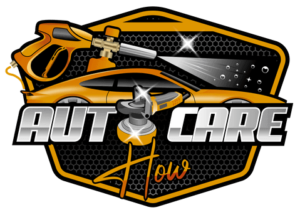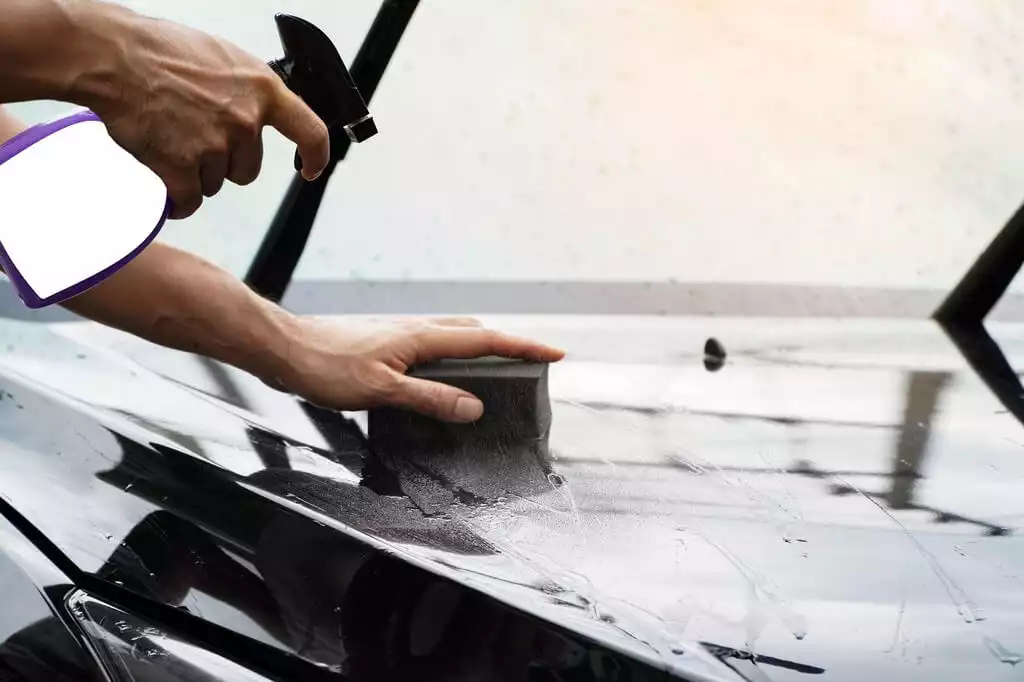Clay bars are the professional car dealers’ ultimate secret weapon, a tool that transforms a so-so finish into a better than brand new one – keeping your car looking showroom clean and protecting the finish.
The word has gotten out about how important clay bars are, and more car owners are using them to take their detailing to the next level.
However, some folks aren’t sure how or when to use the clay bar. It would be best to use clay before compounding and polishing your vehicle.
Below we dig a little deeper into making the most of everything a clay bar brings to the table.
Should you clay bar before compound?
Professional detailers will tell you that it’s critical to clay your vehicle before you do any compounding or polishing. You don’t want to skip it, not at all.
Claying your car gives you a pristine, clean surface to work with – exactly what you need when compounding your vehicle.
The last thing you want to worry about are surface contaminants (especially the ones too small to see with your own eyes) destroying your finish, scuffing your paint, and leaving behind those impossible to get rid of swirl marks.
When you clay your vehicle, you pull dirt, dust, debris, and contaminants from your paint. All that stuff loves to embed in the pores of your paint, leaving an almost rough-to-the-touch texture you can feel with your hands.
By getting rid of all that stuff, you end up with a smoother surface to work with, a cleaner surface to work with, and you will get better adhesion for your compound and polishing.
What is detailing clay?
While detailing clay used to be made from clay, today’s detailing clay is a synthetic plastic kind of putty that works just the same.
Designed to be used only once, the idea here is to work over the entirety of your vehicle with a hunk of clay, pulling out all the surface contaminants that destroy paint finishes and often cause rust problems later down the line.
Several different clay options are available on the market today, with different chemical compositions and consistencies depending on what you’re hoping the clay will do for you.
Light-duty clay, for example, is designed to be a gentler solution when working on classic or exotic cars, vehicles with fresh paint, and almost always garaged vehicles with lower contamination levels.
Regular duty clay (sometimes called medium duty) is the original work course of the clay bars, beloved by detailers worldwide for its ability to pull gunk and debris from the paint – gunk and debris that would have certainly gummed up and clogged buffing pads and compounding tools.
You can use medium-duty clay on any car except those with more delicate finishes.
Heavy duty clay is often used on vehicles that have never been clayed before, vehicles with a ton of contamination, and vehicles with finishes and surfaces that have been neglected for quite a while.
It’s not uncommon for these kinds of bars to be used on vehicles with swirl marks, scratches, and “paint scars”.
What can detailing clay be used on (and what should be avoided)
One of the mistakes many new detailers (or people getting into claying) make when using this tool is rubbing it on everything and anything they can.
That’s not the approach you want to take. Not if you want the clay to work as intended, anyway.
A good rule of thumb for making the most of your clay bar is only to use it on shiny exterior car parts.
We are talking about using your clay bar on all painted surfaces, glass, headlights and taillights, any of the polished metals, wheels, exhaust tips, etc.
You don’t want to use your clay bar on textured plastic trim pieces, rubber pieces, matte finishes, or vinyl wraps.
Clay will inevitably get stuck on textured plastic trim, making it impossible to remove. Clay can damage rubber components, so it’s not a good idea to use it there.
Finally, you don’t want to be mushing clay all over a vinyl wrap – and you certainly don’t want to apply clay bars to a matte finish to be compounded and polished (ruining the look of the matte finish altogether).
How to properly clay bar a vehicle?
Here are some tips on how to properly clay bar a vehicle:
Start with a clean car. Make sure to wash and dry your car before you start claying. It will help the clay slide more easily over the surface and pick up more contaminants.
Use a matching quality lubricant such as a quick detailer, distilled water, or spray wax. I prefer using the Chemical Guys CLY_113 available on Amazon. It will facilitate the clay glide over the surface and prevent it from sticking or leaving scratches.
Work one section at a time. Start with small sections and work your way up to larger ones.
What are the benefits of clay barring?
There are many benefits to clay, barring your car’s paint, including:
– Removing embedded dirt and grime that washing alone can’t remove
– Restoring shine and luster to dull, lifeless paint
– Making polishing and waxing more effective
Is there any downside to using a clay bar?
One downside of clay barring is that it can be time-consuming. The process requires you to thoroughly wash and dry your car before starting, and then you must carefully move the clay bar over the painted surfaces.
It can take significant time, especially if you have a large vehicle. Another downside is that if you don’t do it correctly, you could damage your paint.
Closing Thoughts
So there you have it, the ultimate guide for using a clay bar correctly when you are planning on compounding and polishing your vehicle.
The last thing you want to do is compound or buff your vehicle with all kinds of surface debris and texture, destroying the finish when trying to fix and restore it.
Use a clay bar first, and you won’t ever have to worry about that!

